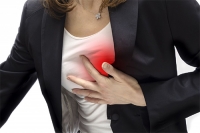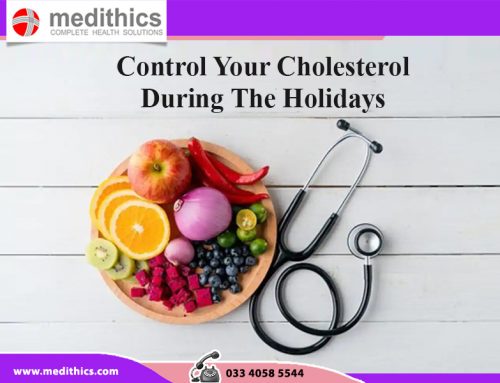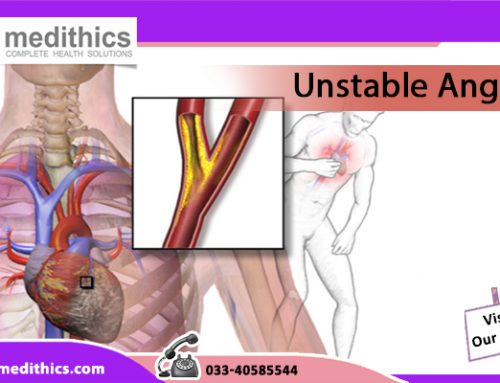Many cardiac issues are found in women. A major cardiac issue is the threat of heart disease. But becoming aware of symptoms and risks unique to women, as well as eating a heart-healthy diet and exercising, can help protect you.
Heart disease is the most common cause of death for women also. Some heart disease symptoms in women may be different from those in men. Fortunately, women can take steps to understand their unique symptoms of heart disease and to begin to reduce their risk of heart disease.
Symptoms
The most common heart attack symptom in women is some type of pain, pressure or discomfort in the chest.
But it is not always severe or the most prominent symptom, particularly in women. And, sometimes, women may have a heart attack without chest pain. Women are more likely than men to have heart attack symptoms unrelated to chest pain, such as:
- Neck, jaw, shoulder, upper back or abdominal discomfort
- Shortness of breath
- Pain in one or both arms
- Nausea or vomiting
- Sweating
- Lightheadedness or dizziness
- Unusual fatigue
These symptoms can be more subtle than the obvious crushing chest pain often associated with heart attacks. Women may describe chest pain as pressure or tightness. This may be because women tend to have blockages not only in their main arteries but also in the smaller arteries that supply blood to the heart — a condition called small vessel heart disease or coronary microvascular disease.
Women’s symptoms may occur more often when women are resting, or even when they’re asleep. Mental stress also may trigger heart attack symptoms in women.
Women tend to show up in emergency rooms after heart damage has already occurred because their symptoms are not those usually associated with a heart attack, and because women may downplay their symptoms. If you experience these symptoms or think you’re having a heart attack, call for emergency medical help from a cardiologist immediately. Don’t drive yourself to the emergency room unless you have no other options.
Risk factors
Although several traditional risk factors for coronary artery disease — such as high cholesterol, high blood pressure and obesity — affect women and men, other factors may play a bigger role in the development of heart disease in women. For example, risk factors may include:
- Diabetes. Women with diabetes are at greater risk of heart disease than are men with diabetes.
- Mental stress and depression. Women’s hearts are affected by stress and depression more than men’s. Depression makes it difficult to maintain a healthy lifestyle and follow recommended treatment, so talk to your heart specialist if you’re having symptoms of depression.
- Smoking. In women, smoking is a greater risk factor for heart disease in women than it is in men.
- Inactivity. A lack of physical activity is a major risk factor for heart disease, and some research has found women to be more inactive than men.
- Menopause. Low levels of estrogen after menopause pose a significant risk factor for developing cardiovascular disease in the smaller blood vessels (coronary microvascular disease).
- Broken heart syndrome. This condition — often brought on by stressful situations that can cause severe, but usually temporary, heart muscle failure — occurs more commonly in women after menopause. This condition may also be called takotsubo cardiomyopathy, apical ballooning syndrome or stress cardiomyopathy.
- Pregnancy complications. High blood pressure or diabetes during pregnancy can increase women’s long-term risk of high blood pressure and diabetes and increase the risk of development of heart disease in the mothers.
Preventive Measures
Women can make several lifestyle changes to reduce the risk of heart disease, including:
- Quit or don’t start smoking.
- Exercise regularly.
- Maintain a healthy weight.
- Eat a healthy diet that includes whole grains, a variety of fruits and vegetables,low-fat or fat-free dairy products, and lean meats. Avoid saturated or trans fat, added sugars, and high amounts of salt.
Women also need to take prescribed medications appropriately, such as blood pressure medications, blood thinners and aspirin. And they’ll need to better manage other conditions that are risk factors for heart disease, such as high blood pressure, high cholesterol and diabetes.
Treatment
Generally, heart disease treatment in women and in men is similar. Treatment by cardiologists may include medications, angioplasty and stenting, or coronary bypass surgery. Angioplasty and stenting, commonly used treatments for heart attack, are effective for both men and women. However, women who don’t have typical chest pain are less likely to be offered these potentially lifesaving options.
And, in women, if heart symptoms are mainly caused by coronary microvascular disease, treatment generally includes healthy lifestyle changes and medications.
Doctors may recommend cardiac rehabilitation to improve health and recover from heart disease.






Leave A Comment
You must be logged in to post a comment.